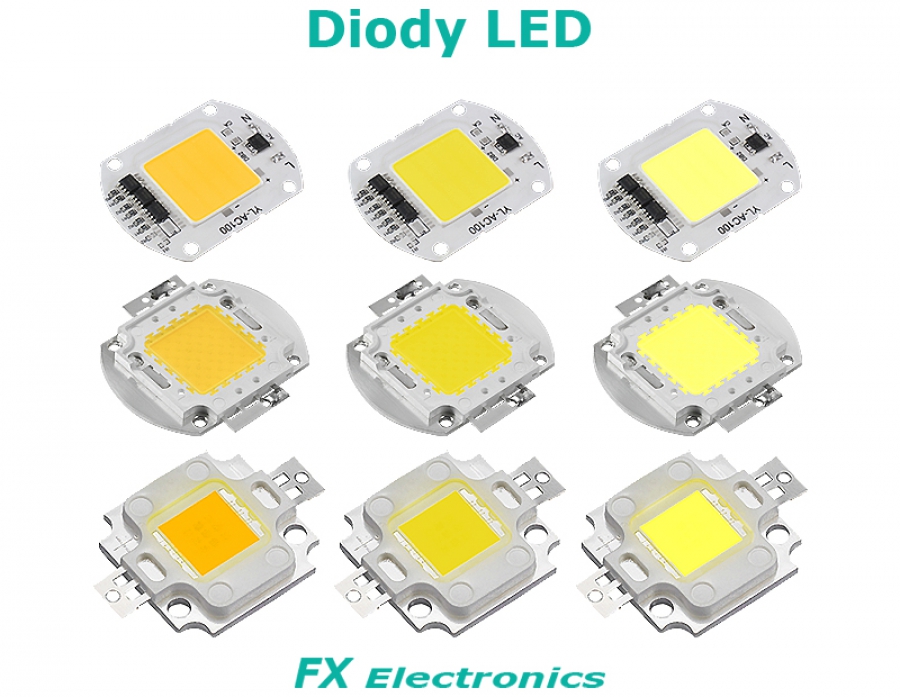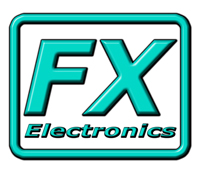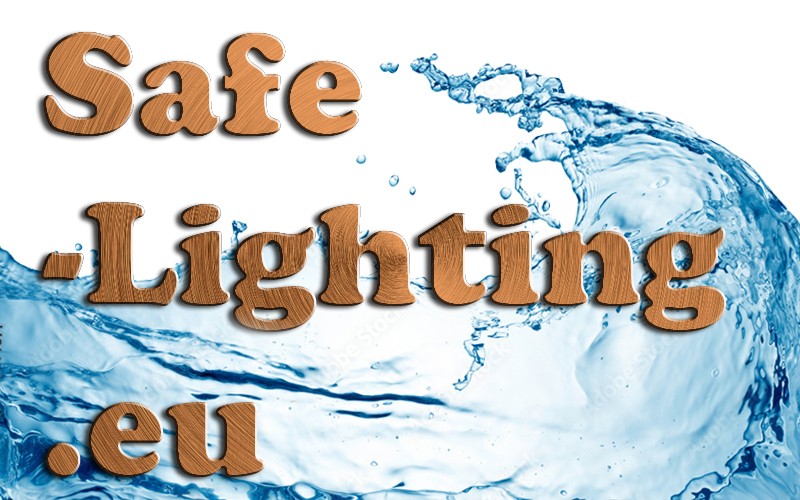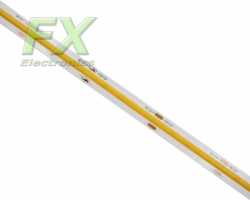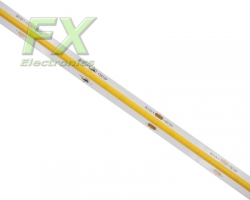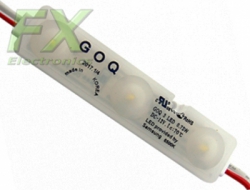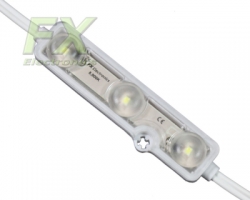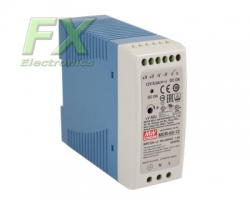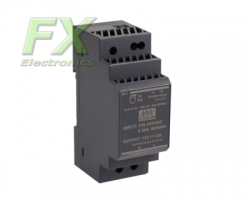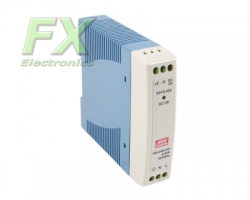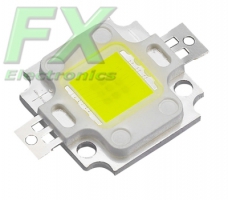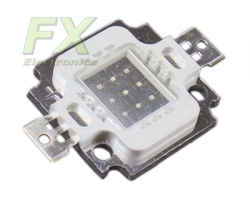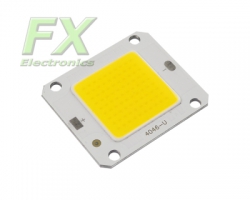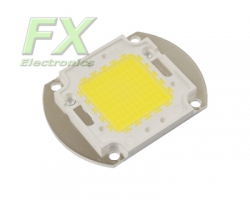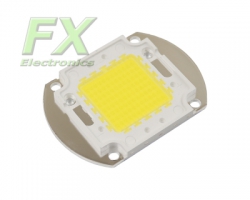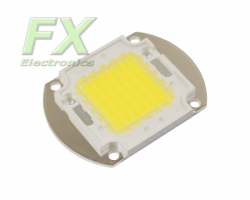Power LED
Power LEDs
The power LED consists of a semiconductor crystal that emits light when exposed to an electric current. Unlike ordinary LEDs, the power LED has a larger crystal surface and is placed on a special base that dissipates heat. LED power starts from 3W and goes up to 100W. Several to several dozen small LED chips are placed on a metal base. The diodes inside are connected both in series and in parallel. The whole thing emits a lot of light and heat. In connection Due to high power and heating of POWER LEDs, they must be placed on heat sinks and powered with constant current. This is a necessary condition for maintaining the long life of the POWER LED. Only the heat sink and the constant current power supply system guarantee a long life of the power diode.
What are the advantages and disadvantages of power LEDs?
The power LED has many advantages over other light sources such as incandescent lamps, fluorescent lamps or halogen lamps. Here are some of them:
- Long service life: the power LED can glow for up to 50,000 hours, which means over 10 years of continuous operation. In comparison, an incandescent lamp has a lifespan of about 1,000 hours and a fluorescent lamp has a lifespan of about 10,000 hours.
- Low power consumption: power LED consumes much less electricity than other light sources . For example, to obtain a brightness of 800 lumens, you need a 60 W bulb, a 15 W fluorescent lamp or an 8 W power LED.
- Eco-friendliness: the power LED does not contain mercury or other harmful substances and does not emit UV or infrared radiation. Moreover, thanks to its low power consumption and long service life, the power LED reduces carbon dioxide emissions and waste.
- Shock and temperature resistance: the power LED is shock and vibration resistant, which makes it suitable for for use in difficult conditions. Moreover, the power LED can operate in a wide temperature range from -40°C to +85°C.
- The POWER LED has a wide range of light colors and temperatures. It can emit light of various colors and shades, from warm white to cold blue. You can also adjust the brightness and light intensity using appropriate controllers.
- Good heat dissipation to the housing.
However, the power LED also has several disadvantages that should be taken into account before purchasing and installing it. Here are some of them:
- High price: power LED is more expensive than other light sources. However, please remember that the purchase cost is compensated by energy savings and long service life.
- High operating temperature: the power LED generates a lot of heat during operation, which may shorten its service life and affect the quality of light. Therefore, the power LED requires a suitable cooling system that removes heat from the crystal.
- Constant current power supply: the power LED requires a constant current power supply, which means that a special driver or power supply is needed that adjusts the voltage and current to the diode parameters. The power LED cannot be connected directly to the mains or batteries.
Application POWER LED
- they have a very wide range of applications thanks to a wide range of power and the variety of emitted light.
they are used to illuminate rooms, in aquariums, in cameras (UV), flashlights, car lights, etc.
